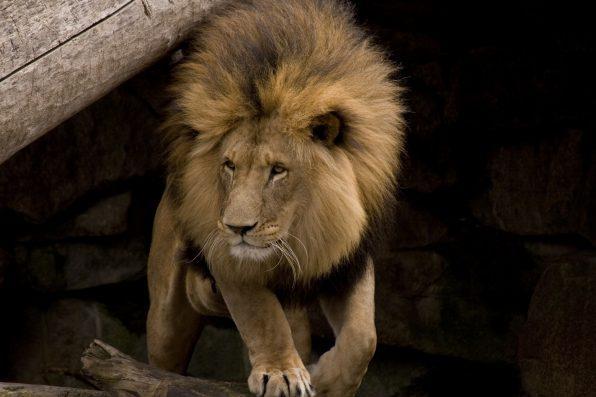After analyzing the skeleton of a cave lion, researchers have found the first direct evidence of Neanderthals hunting the prehistoric big cat. The findings from the study have shed new light on the interactions between ancient humans and Eurasian cave lions, a species that is now extinct but resembles the lions of today.
Neanderthals lived during the Middle Pleistocene period, which was roughly 780,000 to 126,000 years ago. They disappeared from existence around 40,000 years ago. They are the closest known relatives to modern humans.
In the study, researchers examined the nearly complete remains of a 48,000-year-old cave lion that was thought to have been relatively old at the time of its demise. It is estimated to be around the same size as a modern male African lion. The skeleton was excavated in 1985 in Siegsdorf, a municipality in southeastern Germany.
Previous studies of the big cat bones had identified cut marks across two ribs, the left femur, and some vertebrae, suggesting Neanderthals had butchered the lion after it died. However, the recent study has revealed new details about the lion’s death.
A partial puncture wound in one of the lion’s ribs, which appears to have been made by a wooden-tipped spear, indicates that the weapon pierced vital organs before becoming lodged in the rib bone. The puncture wound is similar to others that Neanderthals have made on previously studied deer vertebrae.
So, the theory is that the Neanderthals slaughtered the cave lion with a wooden spear and stripped the carcass at the kill site before abandoning it.
According to Gabriele Russo, an author of the study and a Ph.D. candidate at the University of Tübingen’s Institute for Archaeological Sciences in Germany, ancient humans “approached the butchering process with care.”
“They began by eviscerating the animal and removing its internal organs without causing damage to the ribs. Additionally, they extracted the meat from the muscles without disarticulating or breaking any bones for marrow extraction,” said Russo.
Researchers also evaluated a set of cave lion paw bones excavated from a cave in the borough of Herzburg am Harz in central Germany. The bones revealed carefully made cut marks that were consistent with the type that is made when an animal is skinned.

Sign up for Chip Chick’s newsletter and get stories like this delivered to your inbox.


